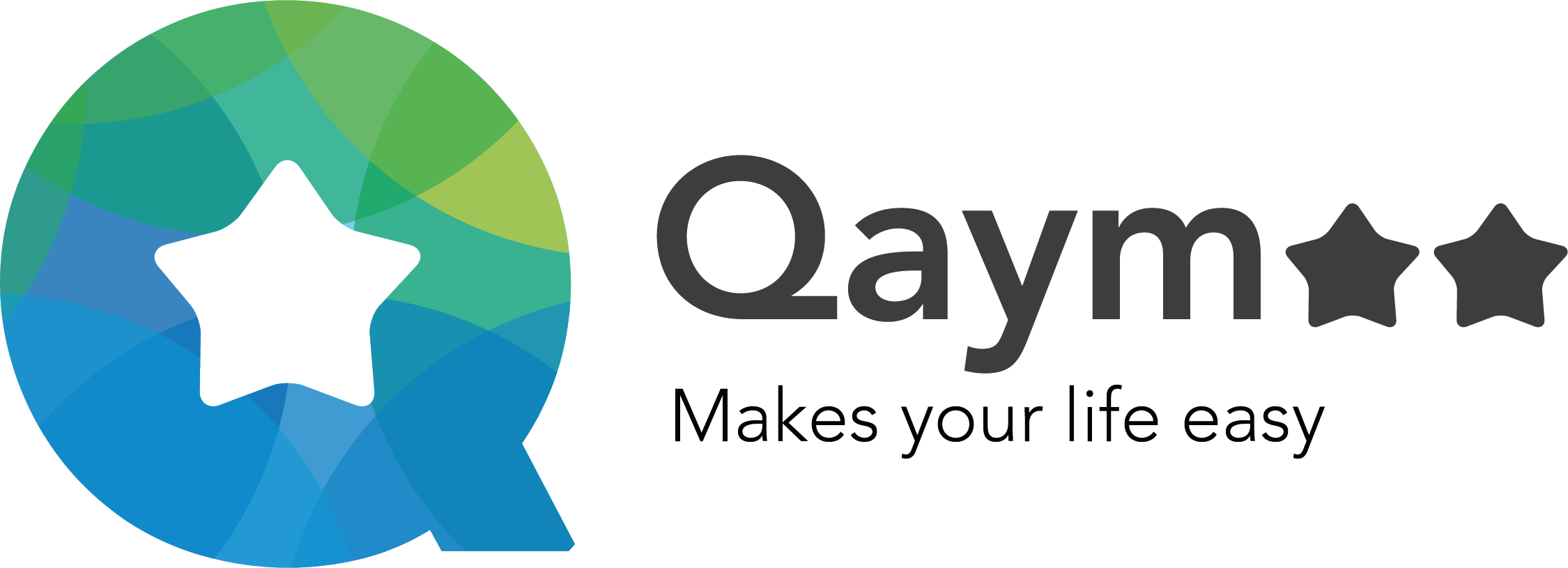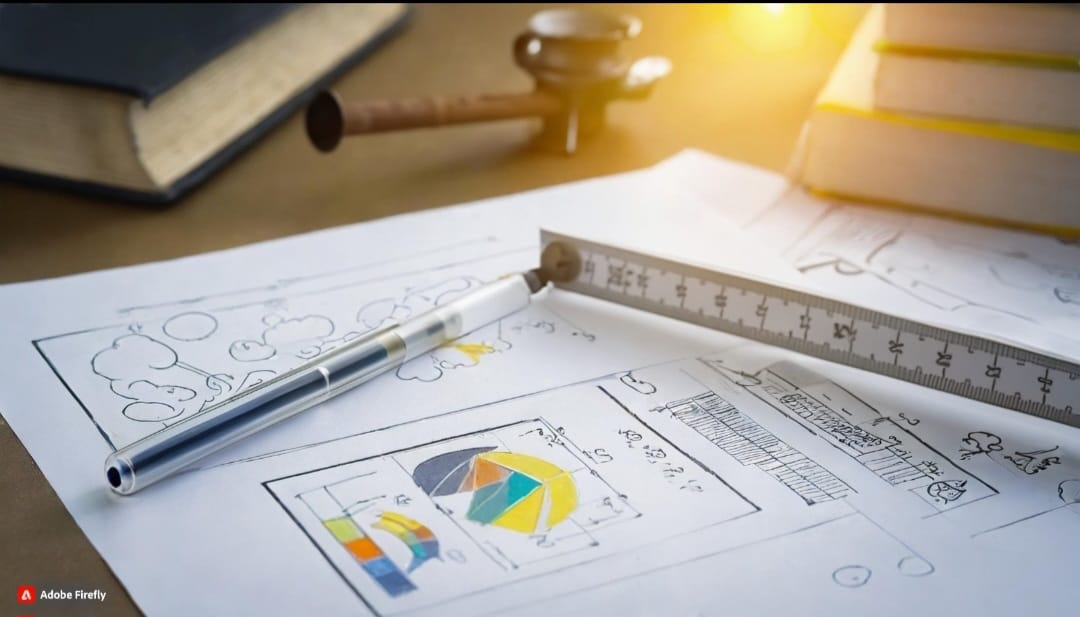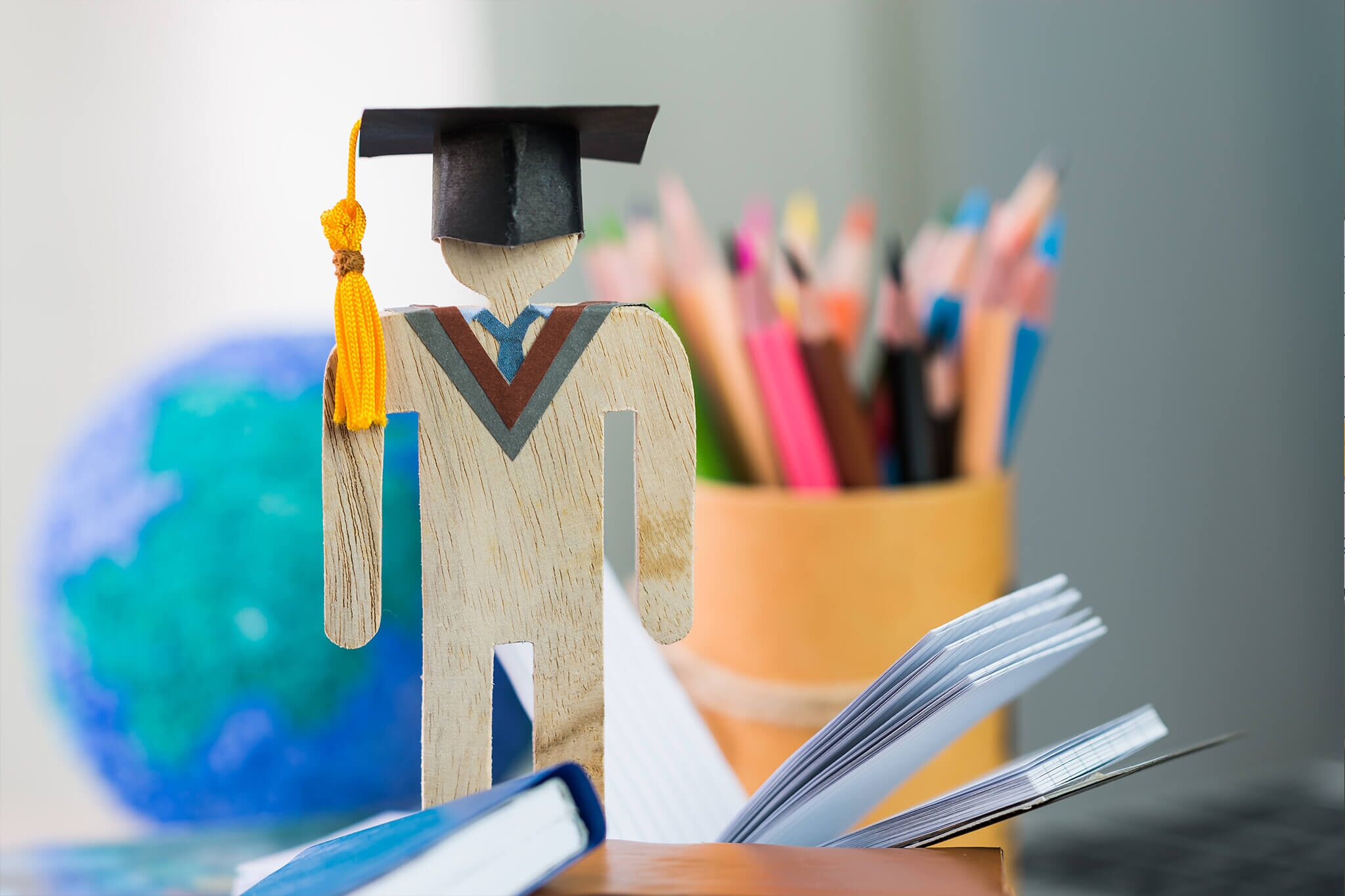Problem-Based Learning (PBL) is an educational strategy that focuses on using real-world problems as the basis for learning. Students collaborate in small groups to solve these problems, which helps them develop critical thinking and analytical skills. In this article, we will explore the role of the teacher in PBL, its benefits, the challenges it may face, and a practical example of its implementation.
The Role of the Teacher in PBL
In PBL, the role of the teacher shifts from a traditional lecturer to a facilitator and guide. The teacher helps students navigate towards the necessary resources to solve problems and encourages them to ask questions and think critically. The teacher also aids in developing collaboration skills among students and provides continuous feedback to improve their performance.
Benefits of PBL
- Development of Higher-Order Thinking Skills: PBL helps students develop critical thinking and analytical skills by tackling real-world problems.
- Self-Directed Learning: Students learn how to research and learn independently, enhancing their research and lifelong learning skills.
- Collaboration: Students learn to work in teams, enhancing their communication and teamwork skills.
- Application of Knowledge: Students apply theoretical knowledge in real-world contexts, improving their understanding and retention of the subject matter.
Challenges of PBL
- Time Preparation: Implementing PBL can require significant time for preparation and planning by the teacher.
- Assessment: Assessing students in a PBL environment can be more complex than traditional assessments.
- Resources: PBL may require additional resources, such as internet access and research materials.
- Adapting to the New Role: Teachers may find it challenging to adapt to their new role as facilitators rather than lecturers.
A Practical Example of PBL
In a science class, students may face a problem regarding water pollution in their local community. The students start by identifying possible causes of the pollution and design experiments to test their hypotheses. They collaborate to collect and analyze data, and then propose possible solutions to reduce the pollution. Throughout this process, the teacher guides the students and provides the necessary resources while encouraging them to think critically and work collaboratively.
In conclusion, Problem-Based Learning (PBL) offers an effective learning approach that focuses on developing higher-order thinking skills and collaboration among students. Despite the challenges it may face, the benefits it provides make it a valuable strategy in the contemporary educational landscape.








